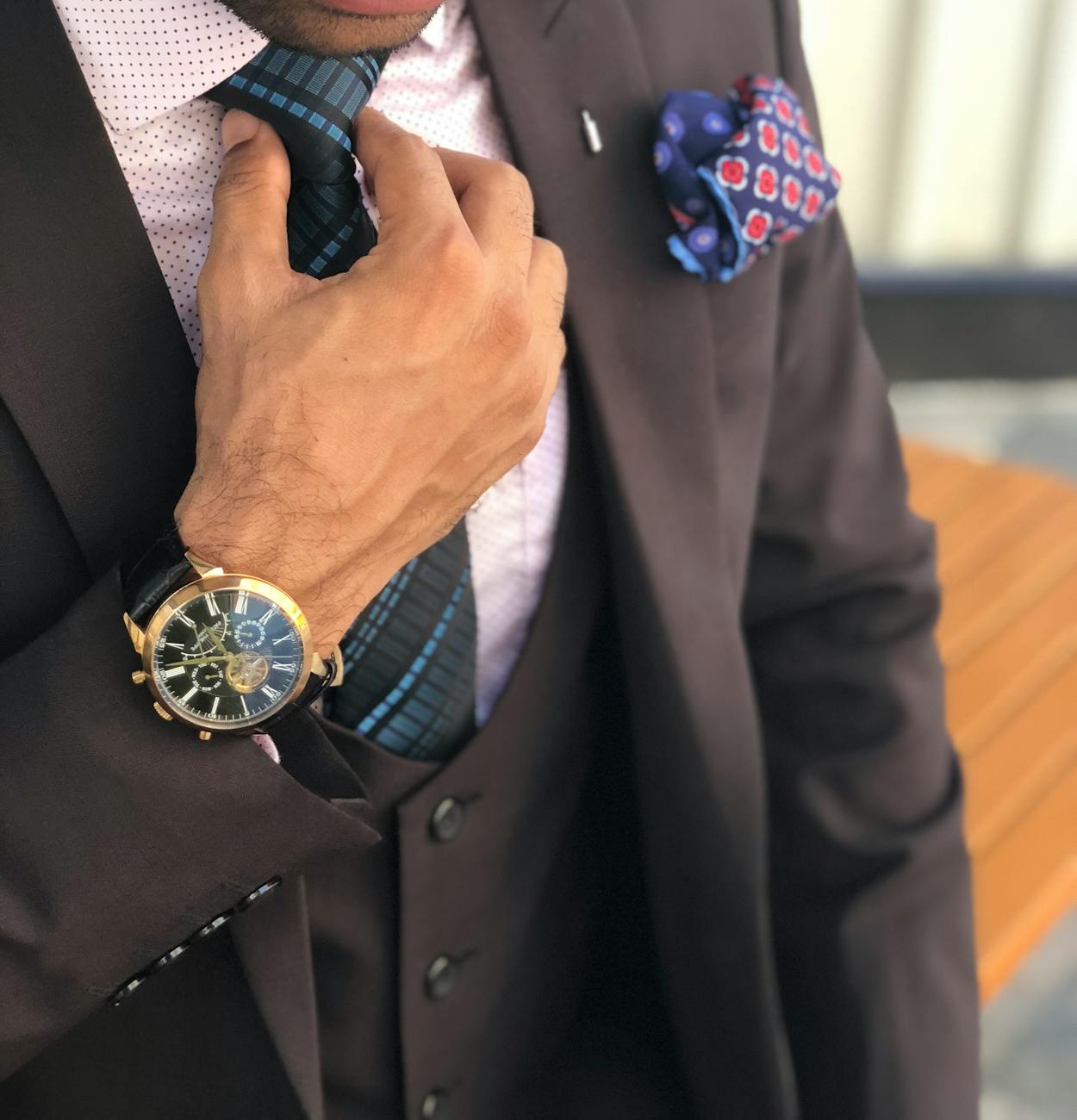By Matt Weingarden
American Marketing Association, November 11, 2020
Manage your professional brand to promote career mobility
Job insecurity is pervasive. There are no guarantees of continued employment, even for those who are extremely successful in their field. A new article in the Journal of Marketing examines how people who attain “prestigious” posts in high-profile organizations can manage their professional brands to promote career mobility. Specifically, the paper addresses two research questions:
- For individuals managing their professional brands, what tensions are triggered while working in a prestigious post?
- What practices are conducive to mitigating these tensions and enhancing professional brand equity in a way that promotes career mobility?
The study, forthcoming in the Journal of Marketing, is titled “Working It: Managing Professional Brands in Prestigious Posts” and is authored by Marie-Agnès Parmentier and Eileen Fischer.
The research team analyzed interviews with creative directors who have had one or more prestigious posts at top high fashion heritage brands, including Balenciaga, Chanel, Dior, Gucci, and Saint Laurent Paris. This context is well suited to the research questions given the frequent turnover among creative directors, which has been characterized by the media as akin to a game of musical chairs.
The analysis highlights that working a prestigious post in contexts such as heritage fashion triggers two types of tensions for an individual managing his/her professional brand: resource-related and identity-related.
Resource-related tensions arise because prestigious posts both contribute resources and deplete resources critical to an individual’s professional brand.
Identity-related tensions arise because prestigious posts tend both to enhance a person’s professional brand’s identity and dilute that identity.

The researchers identified several practices that can mitigate these tensions. One practice that is largely internally oriented consists of “transporting teams” to support the professional brand. This means continuously surrounding oneself with trusted individuals who can help the professional brand perform effectively in a manner that is consistent over time and across organizational settings.
A second practice that is both internally and externally oriented is “out-conforming to commercial logics.” This means working to exceed expectations related to the commercial logics that are valorized along with artistic logics in fields such as heritage fashion.
A third mitigating practice is “selectively neglecting local normative expectations.” Of course, professional brands will be contractually obliged to perform in specific ways that reflect the institutionalized expectations of the organizations for which they are working. However, there are likely to be more tacit expectations of which they are aware, but which they choose to neglect in order to protect or promote their professional brand.
A final mitigating practice involves “materializing the professional brand in the broader market.” This means creating and publicly circulating digital or material artefacts that instantiate the individual’s professional brand, but that are not sponsored by the organization that employs the individual.
Research Highlights
Unlike prior studies on person branding, this research considers the perspective of professionals who hold prestigious jobs in organizations embedded in highly institutionalized fields. It highlights that external stakeholders’ evaluations of an individual’s professional brand influence who might offer that individual the next post or provide the resources to establish his/her own enterprise.
Parmentier elaborates that “The unique focus of this study leads to surfacing hitherto neglected factors that may fuel, if not disloyalty to an employer, at least some efforts to limit the extent to which the professional brand allows his/her identity to become conflated with that of the organization.”
Fischer adds, “The paper sends a clear message to individuals trying to manage their professional brands while holding prestigious posts: strive to strike a balance between benefiting from the affiliation while at the same time maintaining your professional independence.”
The paper also calls on organizations who employ professionals in prestigious posts to approach the relationship in a way that works to the mutual benefit of the employer and the employee. Organizations may wish to regard their relationships with key personnel who hold prestigious posts as akin to a co-branding alliance where both parties to the alliance benefit from it, even if the alliance is not permanent.











